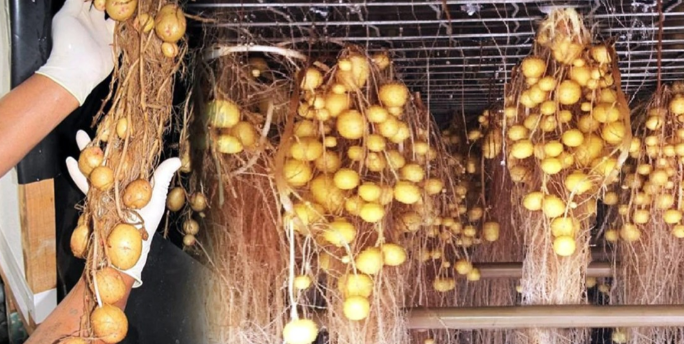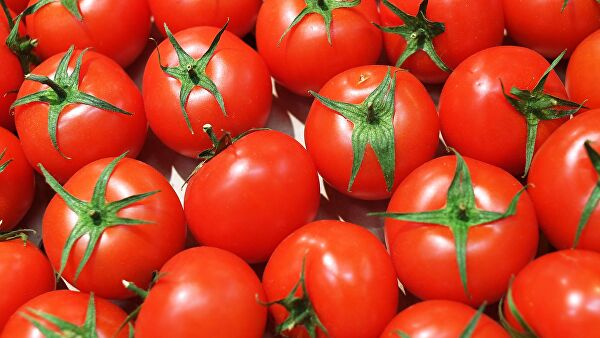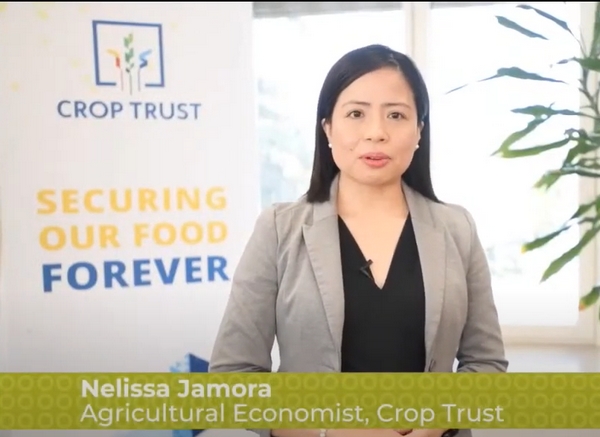In recent years, the agricultural landscape has seen a paradigm shift towards soilless growing methods, especially aeroponics and hydroponics. These innovative approaches offer compelling alternatives to traditional soil-based agriculture, addressing key challenges such as water scarcity and land limitations.
Aeroponics: maximum efficiency
Aeroponics, an advanced growing method, involves growing plants in an airy or misty environment without the use of soil or aggregates. Instead, the plants are suspended in a chamber where their roots are periodically sprayed with a nutrient-rich solution. This method allows precise control of nutrient delivery and environmental conditions, optimizing plant growth and resource use.
One of the main benefits of aeroponics is its remarkable water efficiency. By delivering nutrients directly to the roots in the form of a fine mist, aeroponic systems minimize water loss compared to traditional soil irrigation methods. This water-saving feature is especially useful in regions facing water shortages or drought, where efficient water management is paramount for sustainable agriculture.
Moreover, aeroponic systems promote faster plant growth and higher yields due to increased exposure of roots to oxygen. With improved oxygenation, plants can absorb nutrients more efficiently, resulting in faster growth rates and healthier harvests. In addition, the absence of soil eliminates the risk of soil-borne diseases, reducing the need for pesticides and increasing the quality of the crop.
Hydroponics: Improving Water Efficiency
Hydroponics, another innovative soilless growing method, involves growing plants in a nutrient-rich water solution without soil. In hydroponic systems, plants are placed in an inert growing medium, such as perlite or rockwool, and their roots are submerged in a nutrient solution. This method offers several benefits, including efficient nutrient absorption, increased growth rate, and reduced water consumption.
One of the key benefits of hydroponics is its versatility and scalability. Hydroponic systems can be adapted to a variety of crop types and environmental conditions, making them suitable for both large commercial farms and small urban gardens. Additionally, hydroponic growing allows crops to be produced year-round, regardless of seasonal changes, ensuring a constant supply of fresh produce.
In addition, hydroponic systems minimize nutrient runoff and soil erosion, promoting environmental sustainability. By recycling the nutrient solution and optimizing water use, hydroponics reduces the overall environmental impact of agriculture while maximizing resource efficiency.










